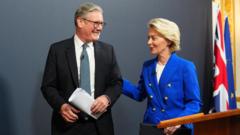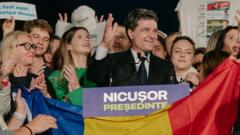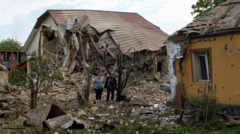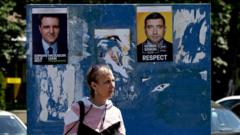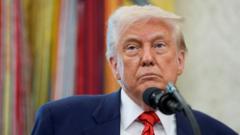Russia's military activity near Finland presents ramifications for NATO's eastern flank, prompting reviews of regional security.
**Increased Russian Military Presence Near Finland's Border Raises Concerns**

**Increased Russian Military Presence Near Finland's Border Raises Concerns**
Recent satellite imagery confirms Russian military expansion, reflecting strategic maneuvers amid ongoing conflicts.
Recent satellite images have revealed a notable increase in Russian military operations near the Finnish border, signaling potential shifts in strategic priorities for Moscow following the ongoing Ukraine conflict. The findings, widely verified by NATO officials, depict an extensive setup of new tents, warehouses designated for military vehicles, and renovations at jet shelters, alongside extensive construction on an underutilized helicopter base.
While this buildup has sparked concerns, NATO officials caution that current developments differ from the intense military congregation observed prior to Russia's full-scale invasion of Ukraine in 2022. At the moment, Russian forces remain significantly fewer along the Finland frontier, where Finnish authorities assert that the situation does not pose an immediate threat. Nonetheless, the geographic dynamics have shifted, as Finland represents one of the newest members of NATO, having joined just two years back. This 830-mile border is now the alliance’s longest direct interface with Russia, stirring speculation of increased militarization from both sides.
As military analysts project the area could evolve into a potential hotspot—especially considering the Arctic's growing contention—recent military drills involving American and Finnish troops raised eyebrows. Conducted in the Finnish Arctic, these exercises incorporated scenarios where Russian forces might be the presumed adversary, underscoring the seriousness with which NATO members view the enhanced Russian presence.
This evolution in military capacity and infrastructure could not only reshape regional strategies but also reflects Moscow's psychological responses to the NATO expansion on its borders, prompting discussions about future interactions in this highly sensitive area.


